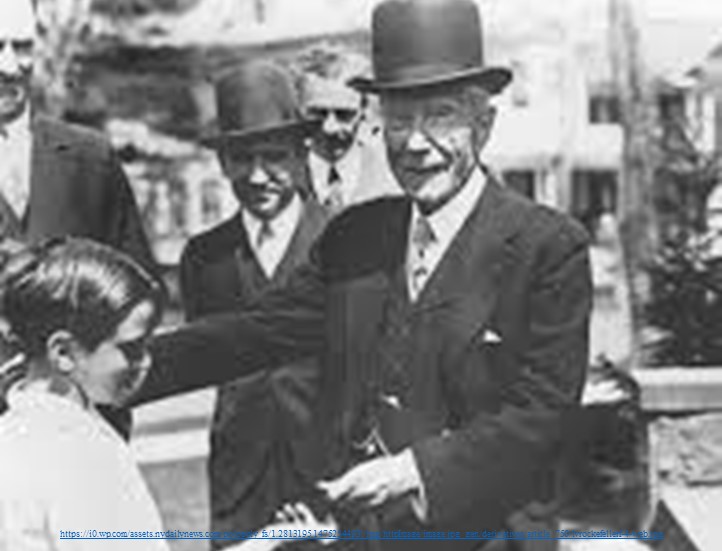
Purpose and Place
The roots of higher education in the United States are knotted into purpose and place. From a functional standpoint, all universities, public and private, existed for producing ministers. At Harvard, three in four graduates in the seventeenth century became working…








